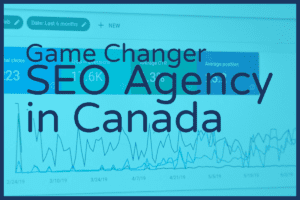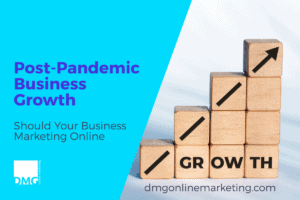
You want to always be making yourself better for your customers, and that doesn’t mean just services and products. You want the whole experience to be enjoyable for them, and that’s why you constantly need to be updating your content and layout. Everyone does it—it’s why the Apple logo is plain white now instead of rainbow colored. All these changes are about improving the customer relationships, because the better the customer experience mapping the better the reputation. Here’s how we recommend you go about it.
Customer Experience Mapping – Pay Attention to How Your Customers Interact With Your Content
Everything Is a Metric
The best part about your customers interacting with your content (other than actually getting involved with the company and potentially making you money) is that it’s in no way detrimental to you. If you’re on the lookout for ways to improve what you have to offer (and you should be all the time) then taking stock of how customers interact with your content should be right up near the top of your priority list. Why? Because everything is a metric. Everything. Every single instant of a customer’s interaction with your content can be analyzed and broken down to make the most efficient experience possible. Let’s start general and work up the pyramid to the more specific:
- Paying attention to view counts and time spent on pages lets you know what topics are garnering interest and which keywords and phrases are most likely to attract a readership.
- The amount of time between a first visit and a subscription lets you know around where in their experience a visitor is most likely to sign up for your email list, allowing you to adapt your marketing plan as well as your content layout to expedite the process.
- Following mouse trails, click counts, and the timing that goes with those two can give you a general idea of where the eyes of your visitors are when viewing your content. You can then move your content around to optimize presence and create the most efficient layout for your visitors.
These are just a few of the metrics you can gauge by customer experience mapping, but you can extrapolate the principles from these three and apply them to any other part of the customer experience you need to apply them to.
Make a Plan of Action
Once you get all of the data you need, you’ll want to put it to use, right? Luckily, there are tried and true methods already out there for you to look up, saving you the trouble of having to deal with the “error” part of “trial and error”. It’s much better this way, we think, and so we’ve outlined a brief layout suggesting how you should go about using the information you have:
- Start with general changes before you go specific. While it’s true that you should make time for each individual customer, when you first get started optimizing the customer experience mapping you have to make the improvements apply to all customers. After you get a good pan plan going, then you can skillet the specifics.
- Keep track of what you’re improving. Make sure you’re taking notes on where things used to be, how things used to be done, and what changes were made between each version. You want to be able to map your progress in case you need to go back and fix a mistake. It’s much easier than guesswork.
- Share what you learn across your company. Don’t keep this info to yourself, and by all means make time for a nice presentation about it to let everyone know what they need to be doing differently to make the optimization process go as smoothly as possible.
- Constantly critique. Map the customer experience mapping process, and then analyze that map to see how you can go about analyzing better. Essentially, what you should take away from this is that customer experience optimization is an analytic procedure, up to the point where you’ll even have to analyze the procedure itself.
These are the big four that you need to follow in order to make sure your planning process of customer experience mapping is on the right track. It’s a bit of work and it’ll take some brainstorming, but it’s worth it, and once you get a hold of the process you can adapt and optimize it for yourself. The easier it is for you to do something, the better it is for your customers.



